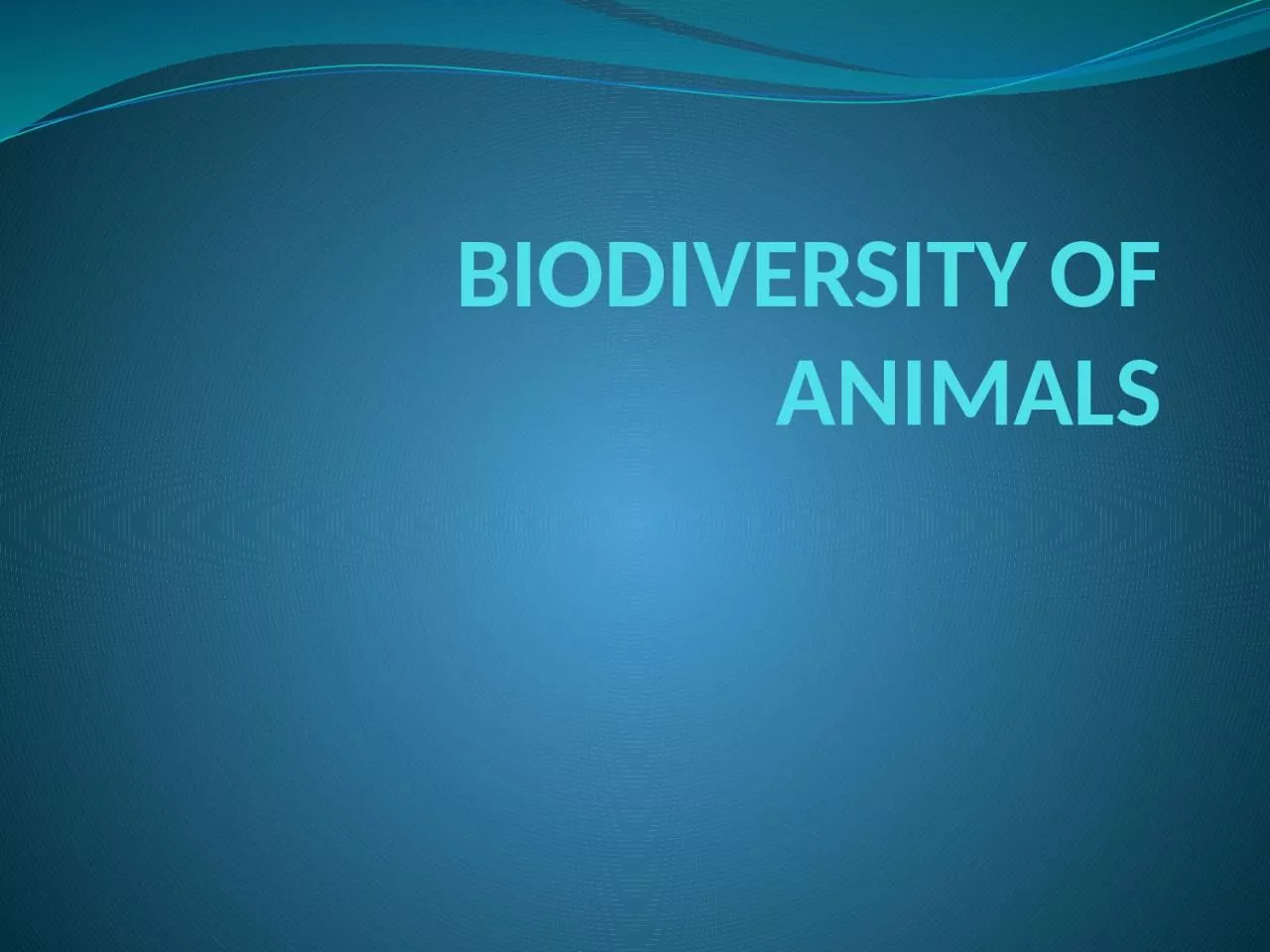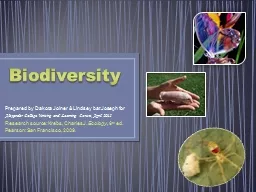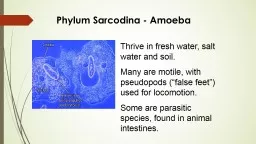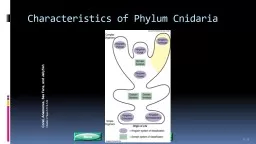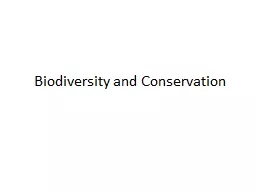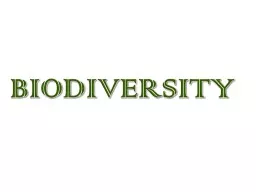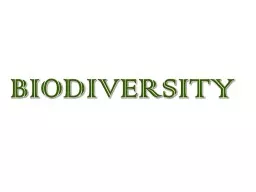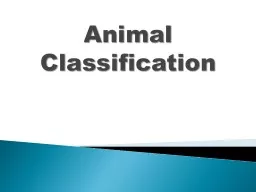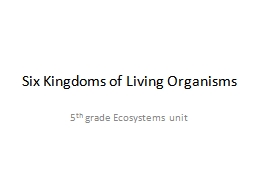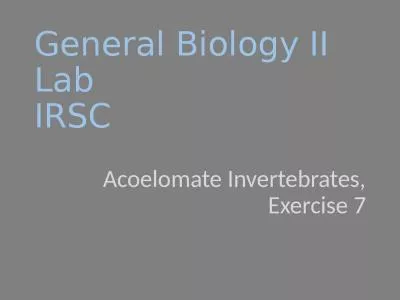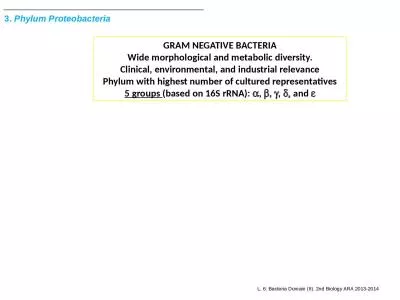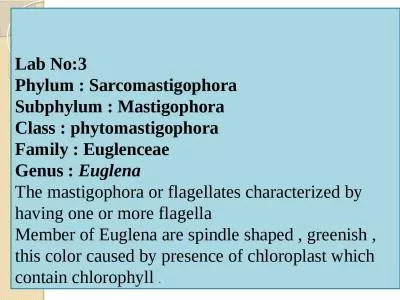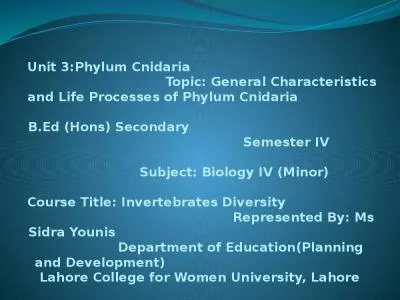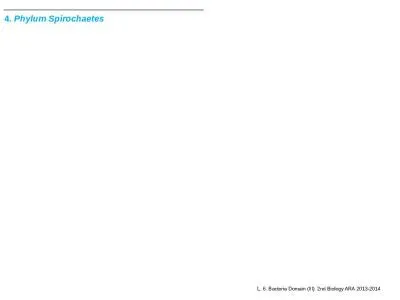PPT-BIODIVERSITY OF ANIMALS What is a phylum?
Author : davis | Published Date : 2024-03-13
In biology phylum plural phyla is a taxonomic rank below kingdom and above class phyla can be thought of as grouping organisms based on
Presentation Embed Code
Download Presentation
Download Presentation The PPT/PDF document "BIODIVERSITY OF ANIMALS What is a phylum..." is the property of its rightful owner. Permission is granted to download and print the materials on this website for personal, non-commercial use only, and to display it on your personal computer provided you do not modify the materials and that you retain all copyright notices contained in the materials. By downloading content from our website, you accept the terms of this agreement.
BIODIVERSITY OF ANIMALS What is a phylum?: Transcript
Download Rules Of Document
"BIODIVERSITY OF ANIMALS What is a phylum?"The content belongs to its owner. You may download and print it for personal use, without modification, and keep all copyright notices. By downloading, you agree to these terms.
Related Documents

